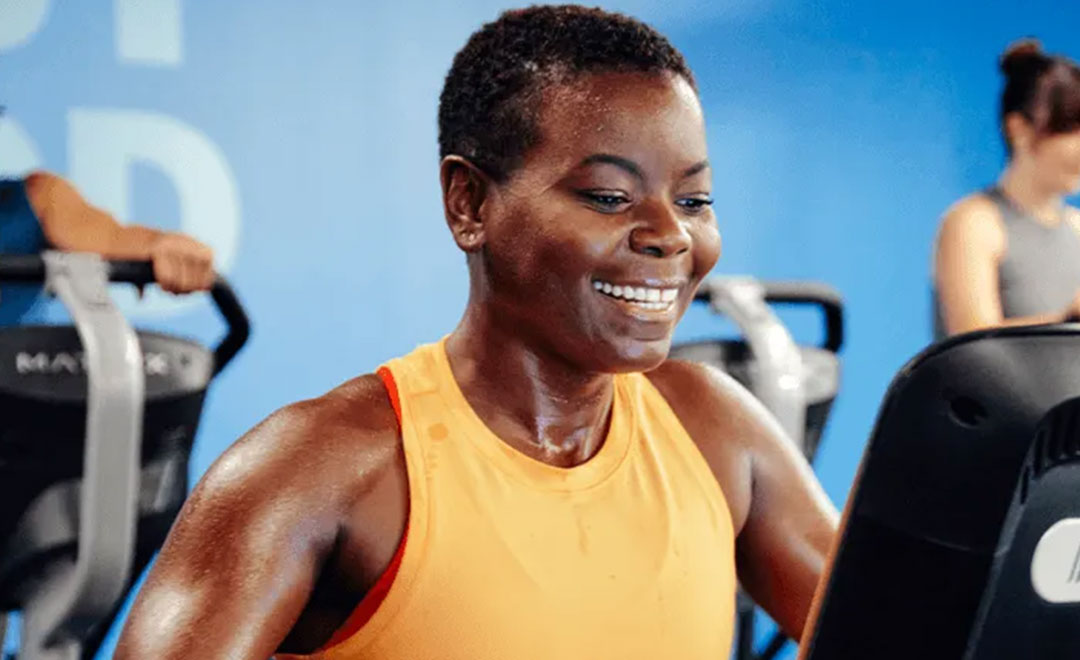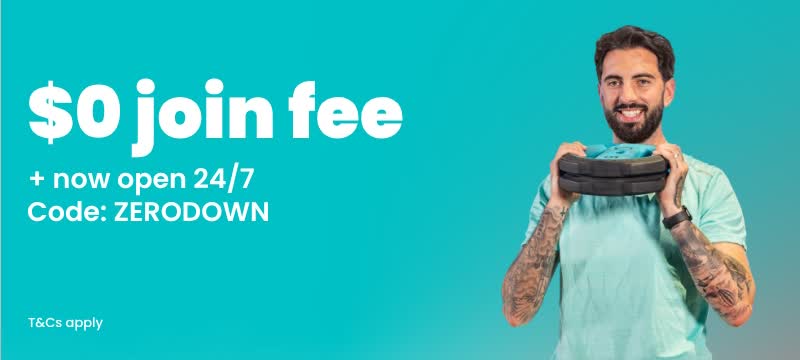Muscle Groups to Work Together
The Muscle Groups to Work Together
Your muscles require both rest and exercise to function properly. And because strength training relies majorly on isolating and targeting the right muscles, it is essential to know what muscle groups to work together so some muscle groups can rest while you put other muscles to work.
Apart from the strength that comes with resting and exercising, there are also other advantages attached. First, when specific groups work together, you will have time to relax and rejuvenate other muscles. Having muscle groups to work together also means you will be able to target certain muscles specifically, which will help you build the muscles you want faster. In addition, you have better motivation to work out better when you choose muscle groups to work together.
Because you have the perception that you would only have to work some muscles and not all your muscles during a workout session, you will find exercising less of work, which will encourage you to perform your exercise routine more consistently and with better enthusiasm.
Different exercises work to target other group muscles. And in this article, we will be discussing the different muscle groups to work together and the various exercises suitable for every muscle group.
Types of Muscle Groups to Work Together
Knowing the muscle groups to pair with is tricky because there are so many muscles in the body making a total of 600 of them altogether. Muscles are often grouped based on the areas of the body they are focusing on. For example, there are smooth muscles, cardiac muscles, and muscles located in the nose, ears, and mouth.
People focus more on muscle groups that can be worked on for strength and body-building purposes.
This includes:
- Biceps, triceps, deltoid (your shoulder).
- Pectorals (your chest).
- Abdominals (your abs).
- Glutes (your buttocks).
- Quadriceps (your thighs).
- Hamstrings (your thighs).
- Latissimus dorsi, and rhomboids (your back and shoulders).
- Gastrocnemius and soleus (your calves).
- Trapezius (your neck and shoulder blades).
- Erector spinae (your spine).
However, when it comes to strength training, there are 6 specific groups to work with. They include the shoulders, chest, back, arms, abs, and legs.
The chest, shoulders, and triceps muscles are called push muscles because they focus on the muscles that involve pushing out resistance from your body.
The back and biceps are called pull muscles, majorly because the muscles in these areas help to pull resistance to your body.
The leg muscles are your hamstrings, quadriceps, and calves. Many exercises target the legs by default, but you can do exercises to target the legs specifically.
Best Muscle Groups to Work Together
1. Upper body
Working your upper body front and back muscles helps you perform both the pull and push movements effectively. By switching between exercises that work your biceps and triceps, you will build adequate strength in your upper body and grow your muscles properly. The best exercises for front and back upper body exercises include one-arm dumbbell rows, lat pulldowns, hammer curls, and many more.
2. Back and Core
Your back and core muscles work together to improve your balance and stability. The two sides of your torso link to your spine. So, they are a part of every activity you perform with your upper and lower body.
By working both your back and core muscle groups together, you will enjoy proper balance with your daily activities. The best exercises you can perform to work your back, and core muscles include planks, crunches, and bicycle climbers.
3. Legs and lower body
People often focus so much on their upper body that they forget to work their lower body muscles. The result of this is that they become top-heavy. To avoid this, you should achieve a balanced body structure by exercising your lower body as much as you work your upper body.
Besides achieving a balanced body structure, building your legs, lower and upper body muscles helps improve your functional strength.
Lunges, barbell hip thrust, and leg extension are examples of the most effective exercises to work your legs and lower body muscles.
FAQs
Is 4 days a week enough to build muscle?
Working out four to five days a week works to build your muscles the best way, especially if you want to see rapid results. It’s good to know that working out four to five days a week may be difficult initially, but it gets better over time.
How long does it take to build noticeable muscle?
Building up your muscles is a gradual process. And the duration differs from person to person. You may begin to see noticeable changes in your muscle growth in three to four weeks. But you will possibly start to see significant change around the 12th week.
Can you build muscles 30 minutes a day?
Yes, you can build muscles 30 minutes a day. 30 minutes is a practical duration of time to work your core muscles for strength.


